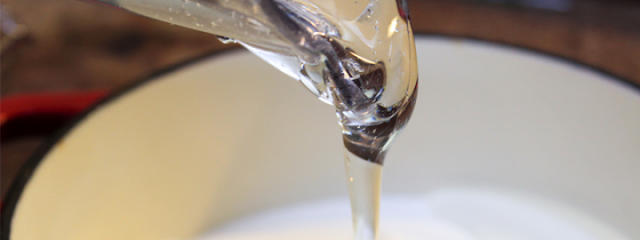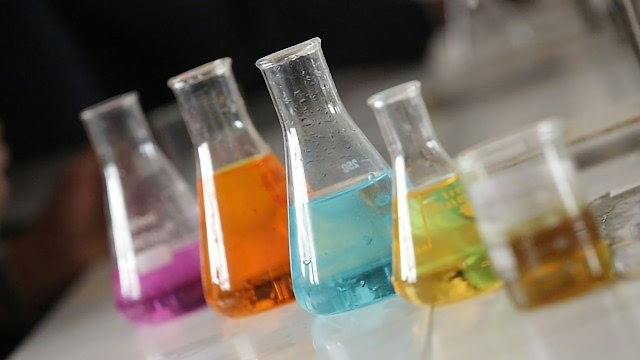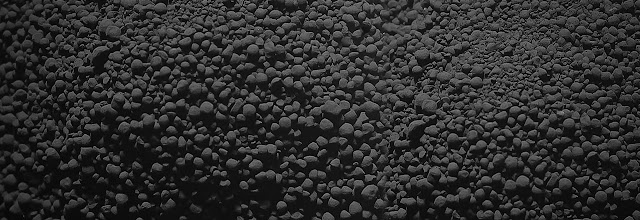Cumene Market (CAGR of 4.9%) 2030: Cumene Market Size, Share, Analysis and Forecast

According to ChemAnalyst report, “ Cumene Market Analysis: Plant Capacity, Production, Operating Efficiency, Technology, Demand & Supply, End-User Industries, Distribution Channel, Regional Demand, 2015-2030 ”. Cumene market witnessed a strong demand in the past five years and is anticipated to achieve a healthy CAGR of 4.9% during the forecast period. Cumene, also known as isopropyl benzene, 2-phenylpropane, or (1-methylethyl) benzene, is a colorless, volatile liquid with a gasoline-like odor and can be used as a blending component in gasoline. It is a natural component of coal tar and crude oil, produced majorly by alkylation of benzene. Cumene is used to manufacture Phenol, Acetone, Acetophenone, and Methyl Styrene and approximately 95% of it is consumed as a chemical intermediate in the production of phenol and acetone, that are widely used to make plastics. While the remaining is used as a solvent in thinners, paints, resins, enamels. Explore full report with table of content



%20Slurries%20Market.jpg)
